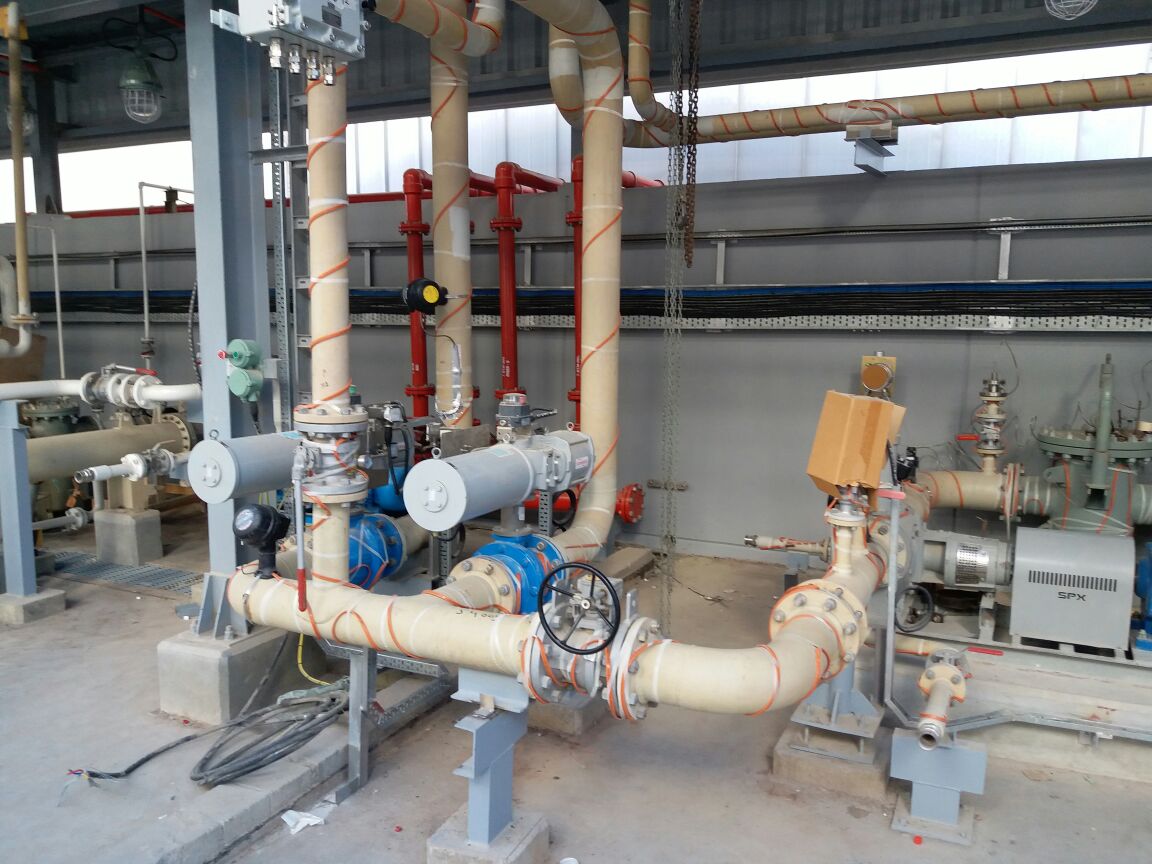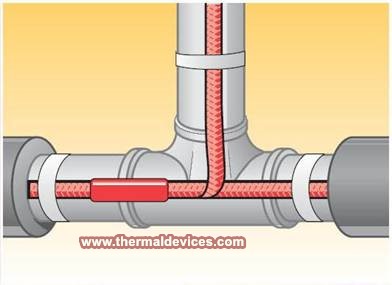Commercial/industrial Self-regulating Cable Things To Know Before You Get This
Table of ContentsSelf-regulating Heating Cable Things To Know Before You Get ThisSee This Report on Self-regulating Heating CableSee This Report on Commercial/industrial Self-regulating Cable
A significant variety of industrial and also business piping systems call for temperature maintenance. Both freeze protection and procedure temperature upkeep can suggest the demand for heat mapping. Sometimes temperature upkeep can just be accomplished by mounting just thermal insulation. In various other instances, nonetheless, temperature upkeep need to be supplied by the enhancement of warm in the kind of electric heating units, vapor tubes, or hydronic liquids.

In 1960, about 95% of warmth mapping was vapor as well as in 1995, due to renovations in electric tracing, that number went down to between 30% and also 40% of brand-new set up tracing. To take advantage of a visual symbol, electrical warmth tracing resembles a feces with 3 legs (see Number 1).
View Delta-Therm Corporation in a full screen map
If any one of the legs is jeopardized, the system may not offer anticipated performance. Damage any among the legs as well as the system will not "stand." In relation to warmth transfer, the very first concept one needs to comprehend is the worth of thermal insulation. A 1-inch pipe will lose 10 watts per foot without thermal insulation, yet will just lose about 1.5 watts per foot with 1 inch of fiberglass thermal insulation.

The basic formula for warmth loss is: Where Q equals the amount of warm, U is a heat transfer coefficient, A is the Location, as well as T1-T2 is the temperature distinction. The Institute of Electric and Digital Designers (IEEE) offers a much more precise, though made complex, heat loss formula (see Number 3) by including pipe heat loss and other second aspects.
The lower line stays that the addition of marginal thermal insulation in our previous instance lowers heat loss by regarding 800%. Troubles in systems are typically found near "thermal inconsistencies," such as valves, elbow joints, tees, and so on. In these instances, cautious engineering and also excellent thermal insulation are seriously essential.
This brings one more failing modewet thermal insulation. In some situations, damp thermal insulation can be even worse than no thermal insulation since of the enhanced surface losing warm and the boosted thermal conductivity of damp thermal insulation. The introduction of computer system modeling allows analysis under different problems. Number 4 reveals a valve warmth transfer computer simulation.
Commercial/industrial Self-regulating Cable Things To Know Before You Get This
It is, nevertheless, a great beginning factor for comprehending warmth transfer. Larger temperature level differences can create modeling issues, specifically when radiation warm transfer is entailed. This usually accompanies a high keep temperature as well as a reduced ambient temperature. What is shown in Figure 5 is actually an elbow, yet a tee was made use of and a strong pipe was threaded right into the tee to provide a pipeline assistance.
In this minimum ambient temperature circumstance, the pipe froze due to the fin result and also the electric warm tracing did not make up for the added warm loss created by the jury-rigged pipeline assistance. Number 6 offers one more example of inadequate pipeline support insulation. You can see the added insulation added outside the cladding due to additional heat loss.
Figure 7 reveals an example of bad thermal insulation, or more particularly in this situation, no thermal insulation. This Commercial/industrial Self-Regulating Cable instance was observed at a vineyard where the pumping system provided laundry water. Besides unnecessary power usage, (bare pipe = 10 watts per foot, fiber glass shielded pipe = 1.5 watts per foot), on a chilly day with no clouds and also excellent radiation to external room (radiant cooling), the system froze. High Temperature Hazloc Heating Cable.
Figure 8 shows a 14-inch pipeline that was the vent for a big storage tank (thousands of gallons). The electronics aware become part of a modern power-line provider monitoring system that sends the end-of-pipe temperature level back to the Dispersed Control System (DCS) in a North Incline of Alaska project.
Snow additionally blew into the straight pipe. I was phoned call to examine the scenario, and also suggested that more warmth tracing was needed and the pipe must direct down to avoid snow accumulation. Modifications were executed the following summer season. As received Figure 9, extra warmth tracing was added as well as an elbow joint aiming down was installed.
When I returned to do an evaluation, I advised they insulate the new additional components. Finally, in the 4th year, the system was operating appropriately. We currently had a system that did not collect snow, did not have a huge fin that was revealed, as well as the thermal insulation was proper (see Number 10).
The Main Principles Of Commercial/industrial Self-regulating Cable
There are substantial brand-new technologies coming to be available for the management of electrical warm tracing systems. One essential application remains in sulfur pipe lines. The sulfur has both a reduced temperature level and also a top temperature requirement, with only a 20C temperature tolerance band. At reduced temperature, sulfur is a solid, while at a higher temperature level, it turns brownish as well as is pointless as a commercial chemical (see Number 11).
Current DTS technology uses a "glass fiber" with temperature level- delicate features (High Temperature Hazloc Heating Cable). An Optical Time Domain Reflectometer (OTDR) provides the temperature level as a feature of range along the pipe. The electronic devices are expensive, however one set of electronics can service a variety of pipe sections. The fiber reports back the temperature level in approximately 2-foot increments.
After startup as well as prior to the sulfur is put in the line, additional thermal insulation can be positioned at the high warmth loss locations such as the valves as well as pipeline sustains. The sulfur transport pipes are long, sometimes reaching 450 kilometers. The addition of the DTS system with thermal insulation tuning shows a state-of-the-art remedy to old issues.

Among the fundamental requirements of an electric warmth mapping system is outstanding thermal insulation. Any individual can most likely to a lumber yard and get wood, however the quality of the task hinges on the skill of the artisan. The same is real of the electrical warmth mapping system and specifically the thermal insulation.
However, upkeep, environmental needs for condensate, and energy conservation have made vapor much less affordable in some instances. Now electric warmth tracingwith an optimum balance in between heat loss and heat suppliedis a recommended selection of many designers, specifically in arctic settings. The key to the system balance is dependable, completely dry, continual thermal insulation.